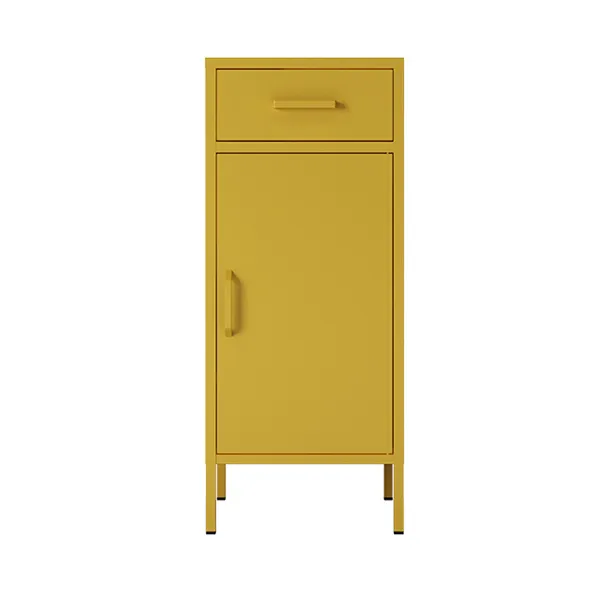time: 2025-07-21 03:03:06
Customized steel household furniture combines modern design, durability, and versatility to meet the personalized needs of today’s homes. Crafted from high-quality steel, these furniture pieces offer exceptional strength, long-lasting performance, and resistance to wear, corrosion, and deformation. Whether for the living room, bedroom, kitchen, or office, custom steel furniture can be tailored in size, color, style, and functionality—perfectly aligning with your interior design and space requirements.

Initial Concept: This is where your ideas come to life. You might have a specific vision, or you might collaborate with a designer or metal fabricator.
Requirements and Preferences: Discuss your needs, the intended use of the furniture, aesthetic preferences (e.g., modern, industrial, minimalist), desired dimensions, and budget.
Sketches and 3D Models: Designers will create sketches and/or 3D models to help you visualize the final product. This stage allows for feedback and revisions until you're completely satisfied with the design.
Material and Finish Selection: Decide on the specific type of steel (e.g., stainless steel, mild steel) and the desired finish (e.g., polished, brushed, powder-coated, painted, electroplated, galvanized). These choices impact the look, durability, and cost.
Structural Integrity: Engineers review and refine the design to ensure it's structurally sound, can support the intended load, and meets safety standards.
Prototyping: For complex or high-volume custom pieces, a prototype might be created to test functionality, durability, and safety before full production. This allows for adjustments and improvements.
Material Preparation:
Cutting: Steel sheets, tubes, or bars are cut to the precise shapes and sizes required by the design. This can be done using various methods like metal saws, laser cutting, or CNC (Computer Numerical Control) machines for high accuracy.
Bending/Forming: If the design requires curved or specific shapes, the steel is bent or formed using machinery or specialized tools.
Joining (Welding): The cut and formed steel pieces are joined together, typically through welding. Different welding techniques (e.g., MIG, TIG, arc welding) may be used depending on the type of steel and the desired strength and aesthetic of the joint.
Grinding and Smoothing: After welding, any rough edges or weld seams are ground down and smoothed to achieve a clean and seamless appearance. This is crucial for both aesthetics and safety.

Surface Preparation: The steel surface is meticulously cleaned and prepared for the chosen finish. This might involve degreasing, sanding, or blasting.
Application of Finish:
Powder Coating: This is a popular and durable option where a dry powder is electrostatically applied and then cured under heat, creating a hard, protective, and colorful layer.
Painting: Various types of paints, including water-based paints, can be applied to provide color and protection.
Brushing/Polishing: For a metallic look, the steel can be brushed to create a satin finish or polished to a high shine.
Plating: Techniques like titanium plating can be used to achieve unique colors like rose gold, titanium gold, or black titanium.
Other Treatments: Options like antiquing (for a weathered look) or anodizing (for aluminum, but less common for steel in furniture) might be used.
Quality Control of Finish: The finished surface is inspected for evenness, adhesion, and overall appearance.
If the furniture consists of multiple steel components or incorporates other materials (like wood or glass), these are assembled in the final stages.

Throughout the entire process, rigorous quality control checks are performed to ensure precision in measurements, structural integrity, weld quality, and the perfection of the finish. This ensures the final product meets high standards for durability, functionality, and aesthetics.
Once approved, the custom steel furniture is carefully packaged to prevent damage during transport and then delivered to the customer.
By following these steps, custom steel household furniture can be created to meet individual preferences, offering unique designs, tailored dimensions, and personalized finishes that are both stylish and durable.